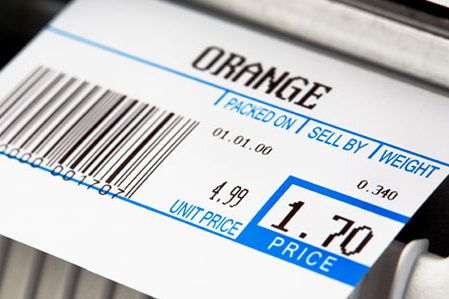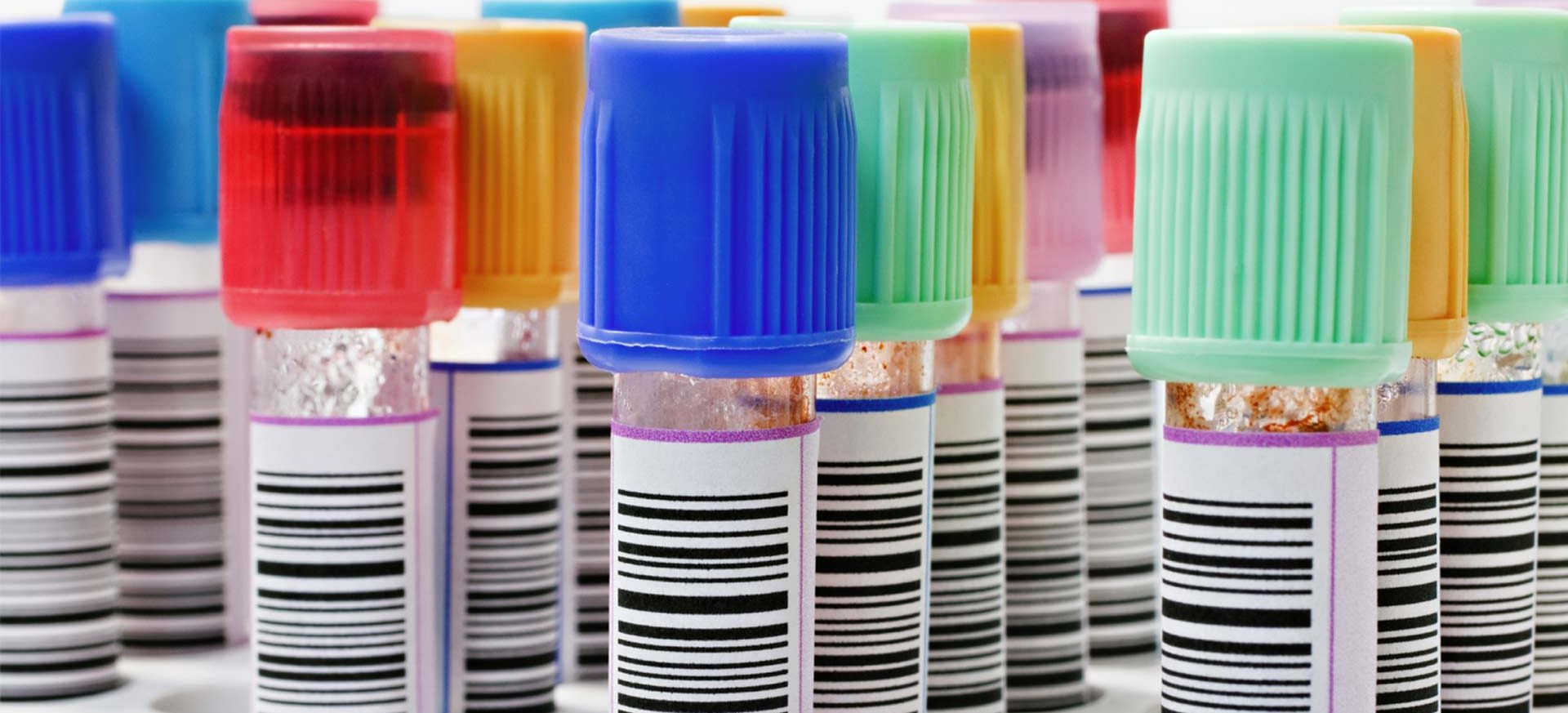What is Thermal Transfer and Direct Thermal?

What is Thermal Transfer and Direct Thermal?
Most label printers use thermal technology to print with. They are fast, reliable and well suited to barcodes – which are often printed on labels. You’ve seen the phrase, now let’s explain what it means.
Direct Thermal or Thermal Transfer
Thermal printers use heat to produce very high quality barcodes and other text on labels, tags, tickets, wristbands or receipt paper. Compared to laser and inkjet printing technologies, thermal-printers:
- Need less maintenance,
- have lower cost labels, tickets and ink,
- can print single labels or receipts (not whole A4 sheets) and print faster (up to 450mm per second)
- Near instant printing
- while not suffering bleed as you find with some inkjet printers or fade with some lasers.
Thermal printers can print in two different ways –Direct Thermal or Thermal Transfer. Which method of printing is decided by:
- How long the labels (or other printing materials) need to last
- What material you plan to print onto.
What does Direct Thermal and Thermal Transfer mean?
All ‘thermal’ printer, as the name suggests use heat to print. Direct thermal printers print onto special heat-sensitive media that darkens as it passes under the heated sections of the printhead.
Because they print without needing an ink ribbon, direct thermal printers are simple – no need to change inks and no ribbon mechanism built into the printer. Direct thermal printed labels usually have a good shelf life but are not well suited to situations where they’ll experience heat, long periods of direct sunlight or abrasion. Thermal labels, tags or tickets can be ‘top coated’ to provide heat and scratch protection.
Not all materials are available to buy with a thermal coating. Plastic (synthetic) labels and tags are not widely available for thermal printing.
In summary, direct thermal printing produces sharp print quality with good barcode scanning ability but without the need for ink. If you don’t need long life labels, i.e. for printing address labels, fresh food or tickets, direct thermal is a low cost, easy way to print.
Thermal Transfer
Thermal transfer printers use an ink ribbon which is melted onto the label by the printhead.
What does it mean for you?
- Thermal transfer makes it easy to print onto a wide range of different materials like polypropylene and polyester, for outdoor and harsh environments.
- Thermal transfer printing can be extremely durable – making it scratch, chemical and water proof.
- Labels printed using thermal transfer have a very long life making them perfect for asset labels, product labels and outdoor wristbands.
- Since you are using an ink ribbon, you also have the choice of a range of colours to print with.
With the right combination of labels and ribbon, you can make a label for any environment or application. Though it does cost a little more to print thermal transfer media, the added benefits ensure your label or tag is readable throughout its life without ever needing to reprint.
Do you use Direct Thermal or Thermal Transfer?
We introduced you to Direct Thermal and Thermal printing. Here’s where you’d use it.
| What am I printing? | Direct Thermal | Thermal Transfer |
| Asset Labels | ||
| Address or shipping Labels | ||
| Product Labels | ||
| Shelf/Location Tags | ||
| Wristbands (indoor) | ||
| Wristbands (outdoor) | ||
| Receipts | ||
| Tickets | ||
| Waterproof labels | ||
| High temperature labels |
Direct Thermal Printers

These printers tend to be more compact, easier to use and cost a little less than thermal transfer printers because they don’t have the ink ribbon mechanism built into them.
They are more specialist because they’re not able to print on materials other than direct thermal paper. Don’t expect to start using it for printing waterproof labels – only thermal transfer printers are able to print to waterproof materials.
Do expect them to be easy to use – the users only need to load paper. With fan fold labels that feed from a box through a slot in the back of the printer, it’s possible to leave your label print for months without attention.
Labels and paper for these printers usually print black
Finally, direct thermal labels and receipts can discolour over time. Depending on the grade of paper they can turn brown over a matter of months, especially if they are left in the sun or other hot places.
Thermal Transfer Printers
Thermal Transfer Printers tend to be more versatile. If you decide you want it to print onto different materials, such as plastic or print with a different coloured ink then you’re able to do this with a TT printer.
Thermal Transfer printers tend to produce a sharper images. They’re also capable of producing labels and tags which are scratch and water resistant.
Expert Help and Advice
Expert Labels also support you with replacement parts, optional extras, accessories and software and service. Ask us about service options on desktop printers. When you buy a new printer you’re able to get three year service cover, which includes replacement printheads on certain printer brands.



